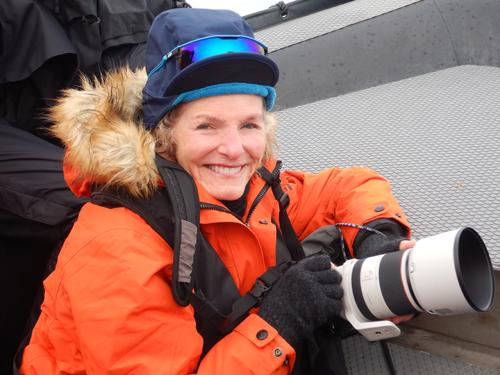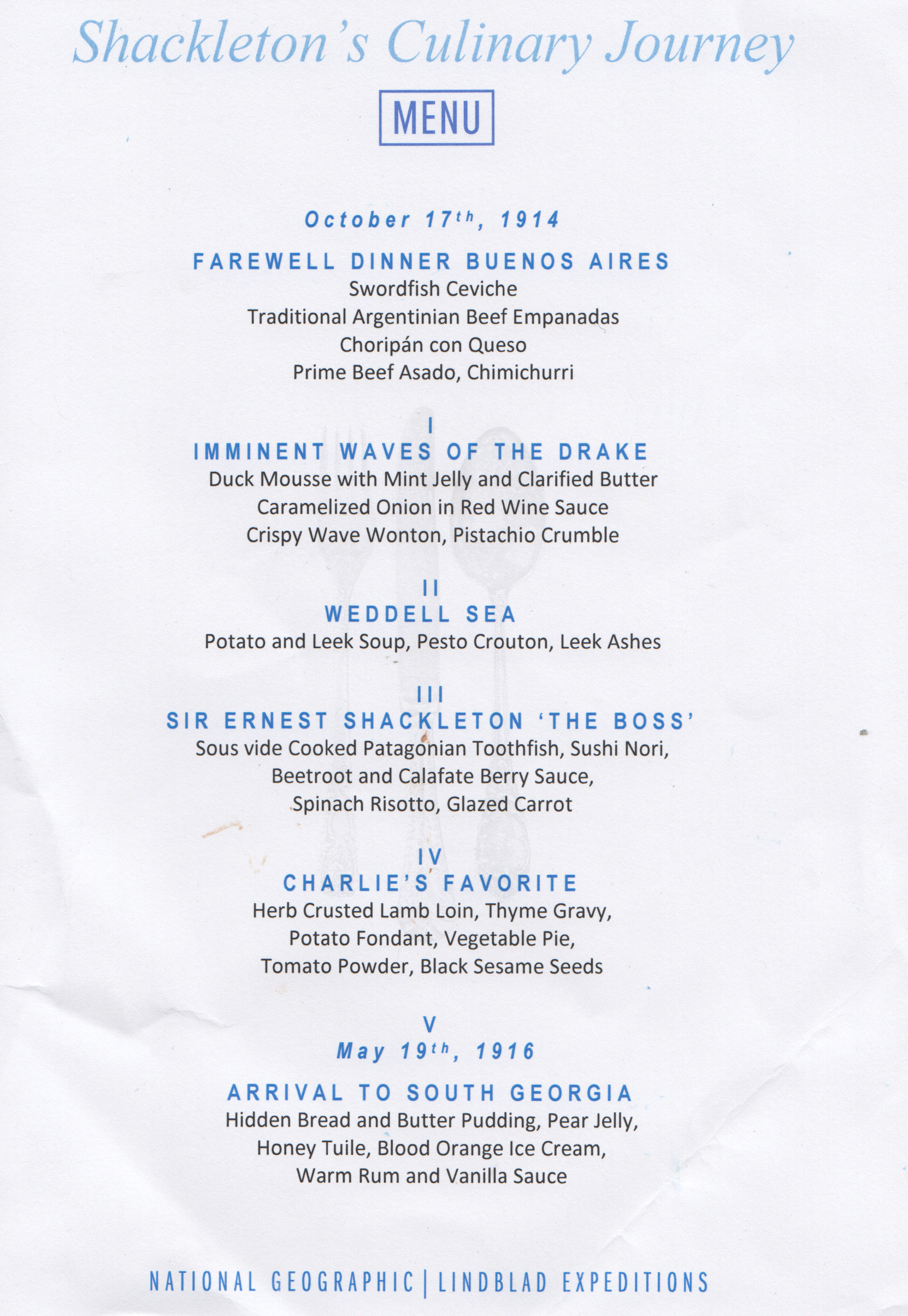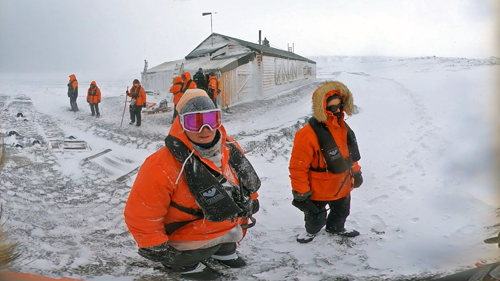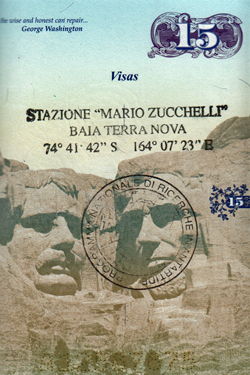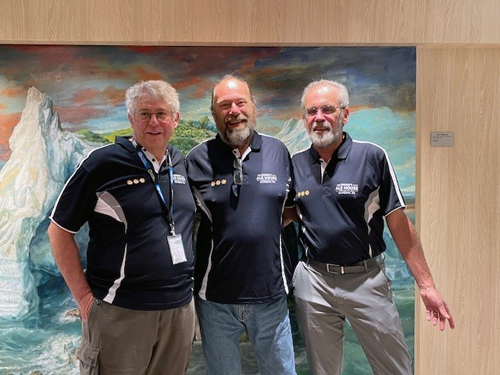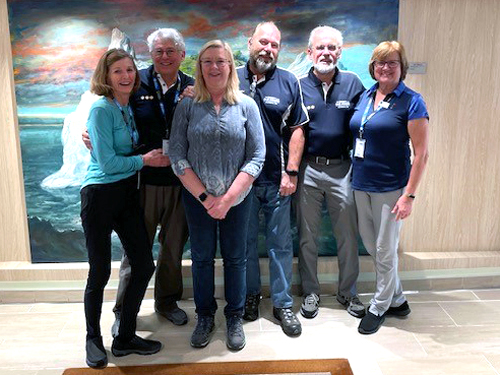Epic Antarctic Expedition
We visited the Antarctic Penninsula in 2018/2019 aboard the National Geographic Explorer. We enjoyed the trip but just got a taste of Antarctica. We did not get below the Antarctic Circle and did not see the deepest parts of Antarctica. We visited Iceland and East Greenland in the fall of 2023 aboard the National Geographic Endurance - a new Linblad Expeditions ship purpose-built for polar expeditions. This January we took the National Geographic Endurance on an Epic Antarctic Expedition. We left Ushuia, Argentina on December 30, 2023 and arrived in Dunedin, New Zealand on January 29, 2024. The expedition bypassed the upper Antarctic penninsula and made landfall on the lower penninsula. We went all along the Antarctic continent to the Ross Ice Shelf and McMurdo Sound. This was a planetary-scale expedition of roughly 6500 nautical miles - crossing many time zones and the international date line. We got as far south as is poossible on a ship and saw lots of ice, iceburgs, whales, seals, penguins, and birds. We visited some of the original Antarctic explorers huts and an Italian research base. We saw a lot of Antarctica and a part of the world few get to visit.
Click here to see the voyage portfolio put together by National Geographic. It includes daily expedition reports, staff biographics, and a guest slideshow of pictures contributed by our fellow guests on the expection.
See below for the voyage map of our journey, compiled from the ship's navigation system, followed by a slideshow Care put together of her favorite slides throughout the trip. They are followed by a day by day journal of photographs and videos of our trip.
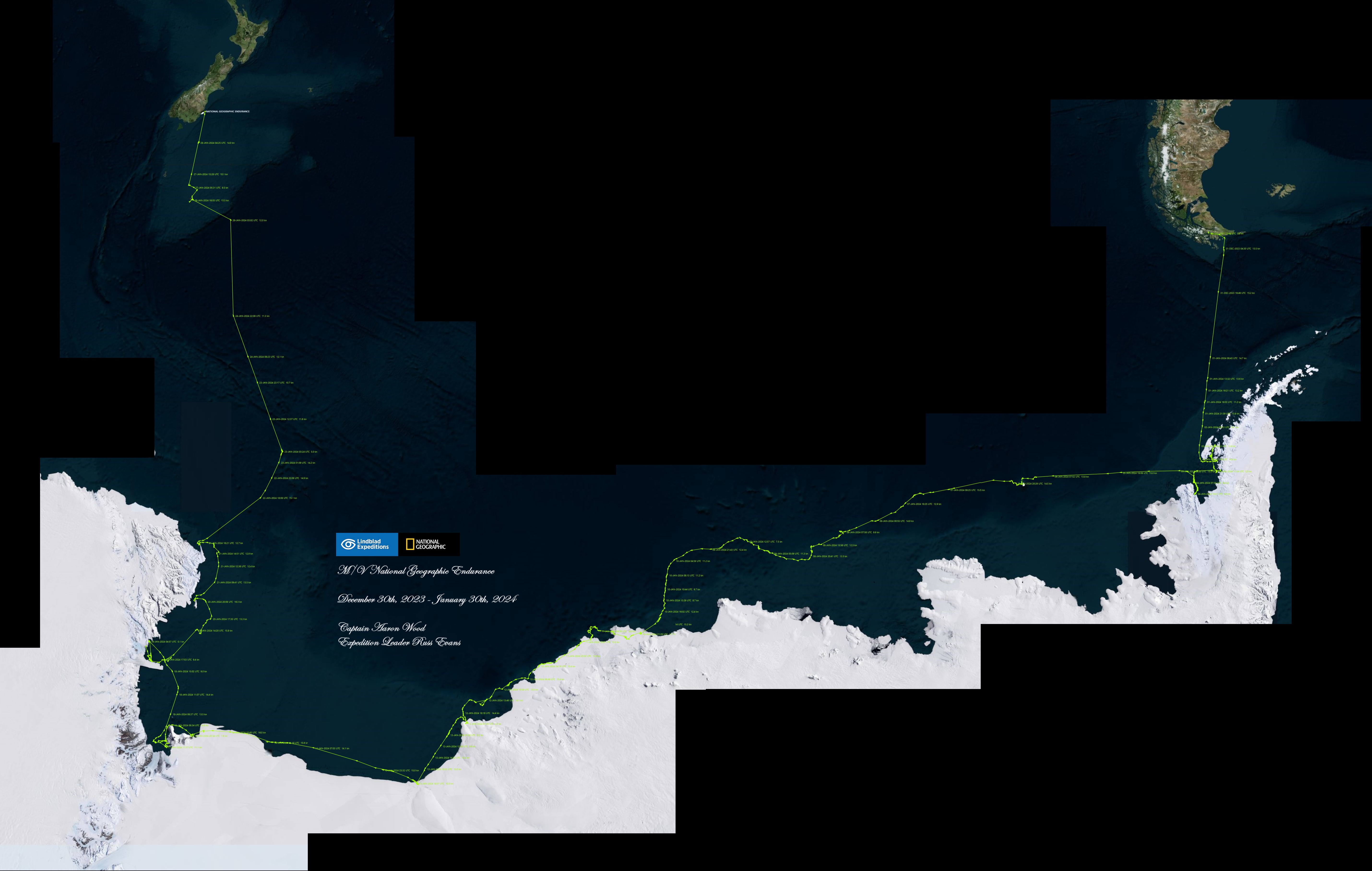
Voyage map courtesy National Geographic
